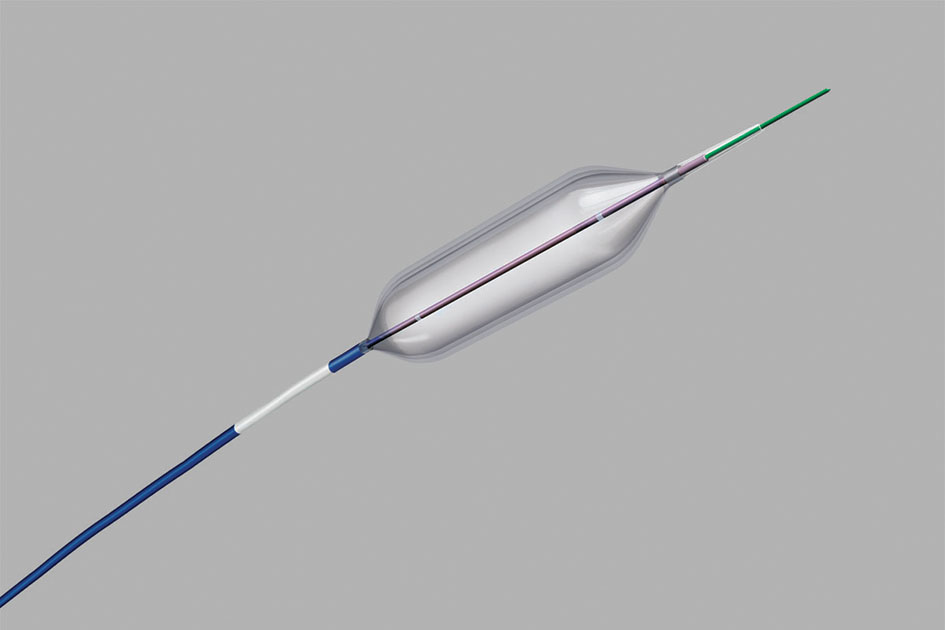
Balloon Dilation
Sinusitis is a common condition that causes pain, pressure and congestion in the forehead, nose, cheeks and eye area. These problems can be temporary, resulting from a cold, or it may be long lasting and present for several months with no relief from the troubling symptoms. These symptoms may include:
- · Difficulty breathing
- · Yellow or green mucus discharge
- · Teeth pain
- · Loss of sense of smell or taste
- · Headache
- · Fatigue
- · Sore throat
Sinus problems can often affect the quality of a patient’s life, and interfere with regular activities. There are several treatments available for sinusitis and related problems, including antibiotics, nasal steroid sprays, decongestants and saline nasal sprays. Since many people do not respond to medication for sinusitis, a stronger treatment method is required. Traditional sinus surgery would be recommended, as this procedure clears the blocked sinuses by placing an endoscopic instrument into the nose, in order to examine the area and remove the bone and tissue to enlarge it. Unfortunately, this treatment method may lead to post-operative pain, bleeding and scarring.
Balloon dilation, a much less invasive procedure for relieving the symptoms of chronic sinusitis, uses a thin, flexible balloon catheter that is placed in the nose and gradually inflated to open blocked sinuses. Balloon dilation relieves blockages in the nasal passage by gently restructuring the bones in the nose, promoting drainage and alleviating painful symptoms. This procedure offers many benefits as an alternative to conventional sinus surgery, including:
- · Minimally invasive – The soft, flexible tube gently opens sinus openings and avoids damaging surrounding tissue or bones
- · Safe – Balloon dilation is regarded as a safe and effective procedure with no serious complications
- · Faster recovery times – Many patients return to their regular activities within 48 hours
- · Reduced bleeding – By not removing tissue or bone during this procedure, bleeding and other surgical side effects are often reduced